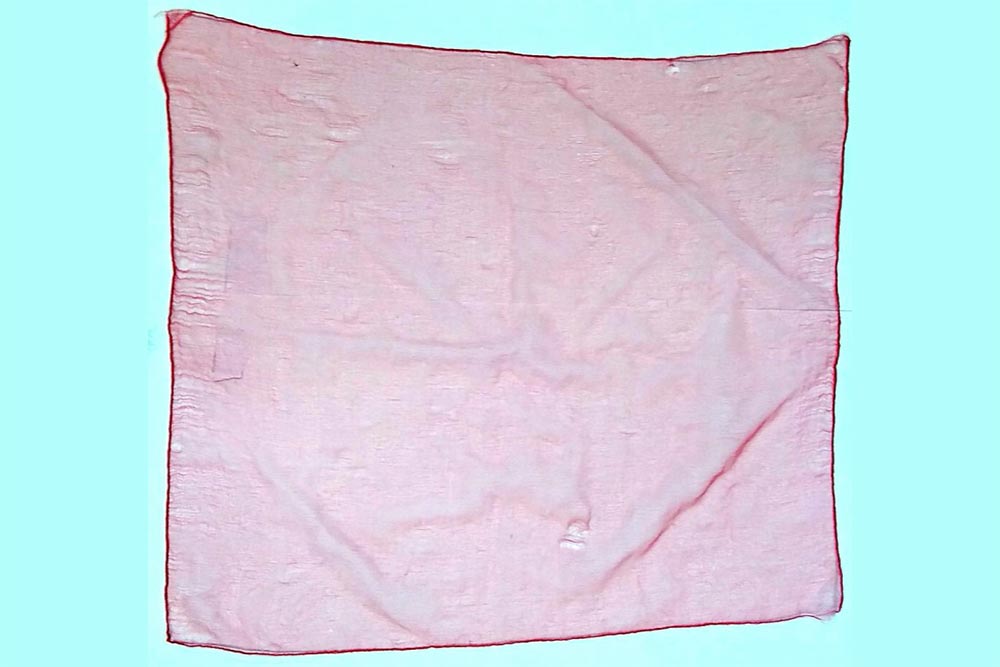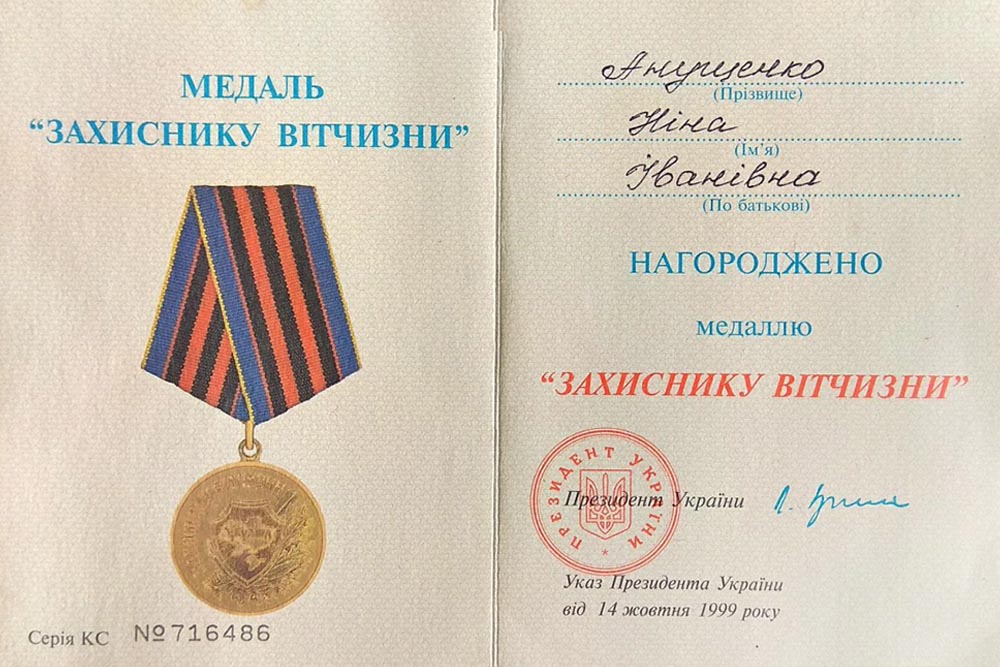Bank of Portraits / Hnatyuk Nina and Nadia

Hnatyuk Nina and Nadia
Vira and Ivan Hnatyuk with daughters Nadia and Nina lived in village Domanivka in Odesa region. In June 1941 the father of the family was drafted and went for the front. The village was occupied on 5 of September. During the occupation, the territory was the part of the Romanian special zone of Transnistria. In autumn of 1941 Romanian authorities started establishing of ghettos for Jews deported from Bukovyna, Bessarabia and Odesa. They were relocated to the building of cinema, sheds, stables, and farms, deprived of food and water. In December 1941 massive executions of Jews started in Domanivka and they last till February of 1942.
Sisters Nina and Nadia witnessed a new group of Jewish on the marсh.
“I saw how one policeman beat a young Jewish girl with a stick. She was with a child. The girl felt down on the ground and the boy was crying. From Nina Hnatyuk memoirs.
Then some turmoil started and Nana took that boy and brought him home. His name was Fima Zelenyi. He was silent all the time. As sisters found later, Fima was from the deaf family but he could speak. Hnatyuk’s family was hiding boy in their house.
“Near one week after these events the unknown woman knocked on our door. She said that her sister and Fima’s mother was killed” From memoirs of Nadia Hnatyuk
Hnatyuks agreed to hide not only Fima, but also his aunt, father, and grandmother till the family of Jews escaped to the safer places to the south from river Buh.

Despite the fact, that in the center of the village Domanivka, there was an announcement about the death penalty for the rescuers and supporters of Jews, Vira Hnatyuk with her daughters saved the Jewish family of Shtarkmans from Odesa. Betia Shtarkman and four of her children were in the ghetto of Domanivka.
In the winter of 1942, one of the local policeman offered Betia, who was a nurse, to care about his wife. Policeman’s wife was ill with typhus. Betia agreed, because it was the only chance to leave the ghetto, at least for the brief period. After a few weeks’ policeman’s wife was cured and Betia with her children was removed to the ghetto by other policemen.
Hnatyuk’s sisters and son of Betia Semen were of the same age and knew each other. When Nina and Nadia were standing near the well they saw a family of Shtarkman was marching the street. When policemen went to one of the houses to take food and vodka, sisters gave Starkmans the sign to follow them. They hid them in the cellar. Fortunately, this story has a good final. During the following night resisters attacked German soldiers’ cars in the neighboring village, so all policemen of Domanivka went there. The story of Jewish escape was forgotten.
When the executions of the Jewish population stopped and occupants start to use them as forced laborers, Shtarkmans went to the ghetto. They didn’t want to put their rescuers under grave danger anymore. There was Betia mother un ghetto, but she’s died soon after. During the postwar period family of Shtarkman lived in Odesa and maintained nice relations with Hnatyuks. After the death of Semen Shtarkman’s wife, he lived together with Nadia Hnatyuk.
The family of Hnatyuk also helped other Jews, who were in the ghetto of Damanivka. They couldn’t take Liza Boruh to their house but saved her life bringing food to the ghetto. After the end of the war, Nina managed to find Liza Boruh in Odesa.
On May 31, 1999, Yad Vashem awarded Vira Hnatyuk, her daughters Nina and Nadia with Righteous Among the Nations award. According to the order of the President of Ukraine, for saving the lives of Jews and bravery during the genocide Nina Hnatyuk (Anushchenko) was awarded Order of Merit of the 3rd class.

Hanna Rafalska
Kyiv
National museum of the History of Ukraine in the Second World War
-
fingerprintArtefacts
-
theatersVideo
-
subjectLibrary



